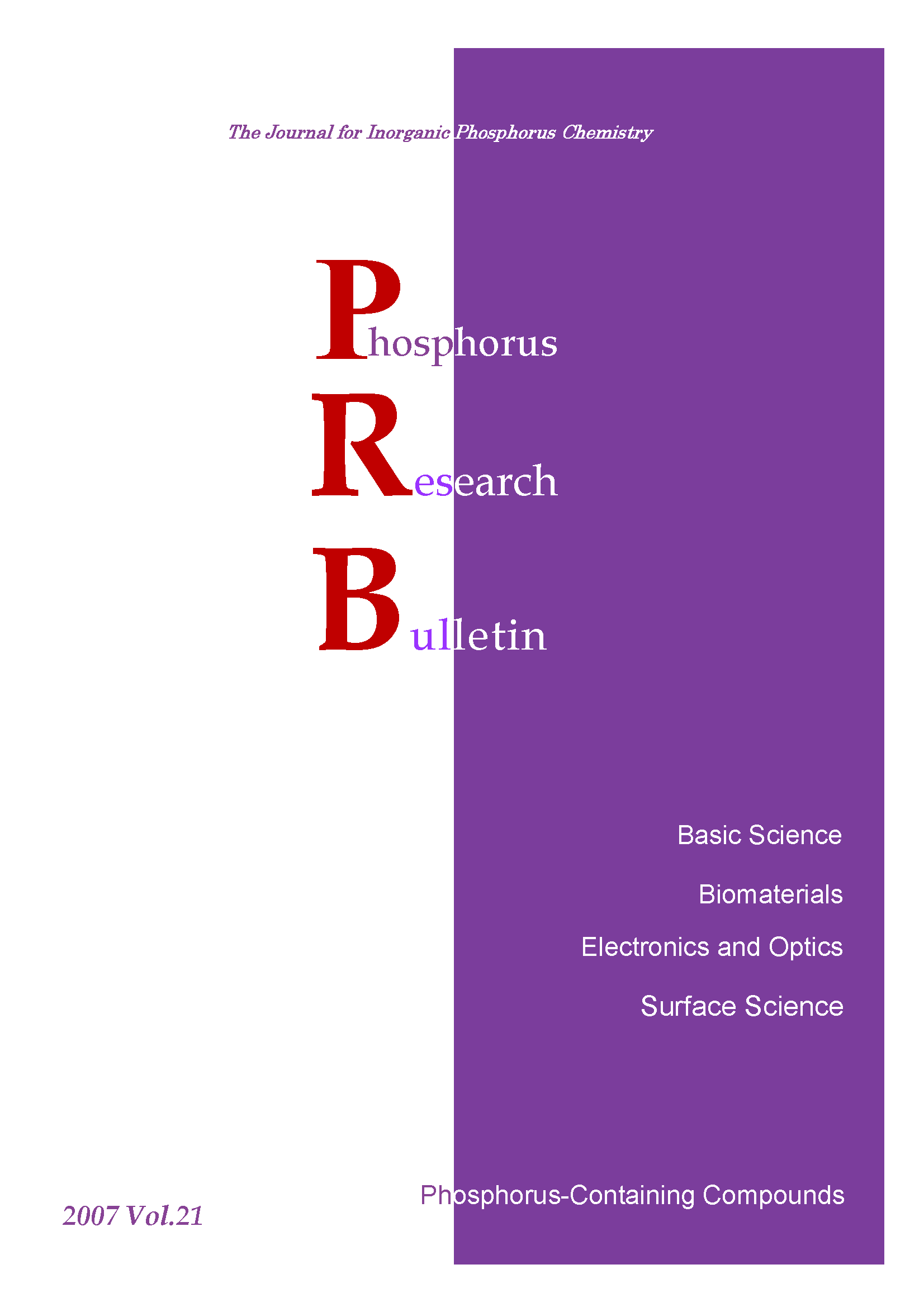36 巻
選択された号の論文の6件中1~6を表示しています
- |<
- <
- 1
- >
- >|
-
2020 年 36 巻 p. i
発行日: 2020年
公開日: 2020/03/19
PDF形式でダウンロード (39K) -
2020 年 36 巻 p. 1-9
発行日: 2020年
公開日: 2020/03/19
PDF形式でダウンロード (839K) -
2020 年 36 巻 p. 10-14
発行日: 2020年
公開日: 2020/08/22
PDF形式でダウンロード (460K) -
2020 年 36 巻 p. 15-22
発行日: 2020年
公開日: 2020/10/20
PDF形式でダウンロード (1333K) -
2020 年 36 巻 p. 23-28
発行日: 2020年
公開日: 2021/01/07
PDF形式でダウンロード (564K) -
2020 年 36 巻 p. 29-35
発行日: 2020年
公開日: 2021/01/07
PDF形式でダウンロード (684K)
- |<
- <
- 1
- >
- >|
